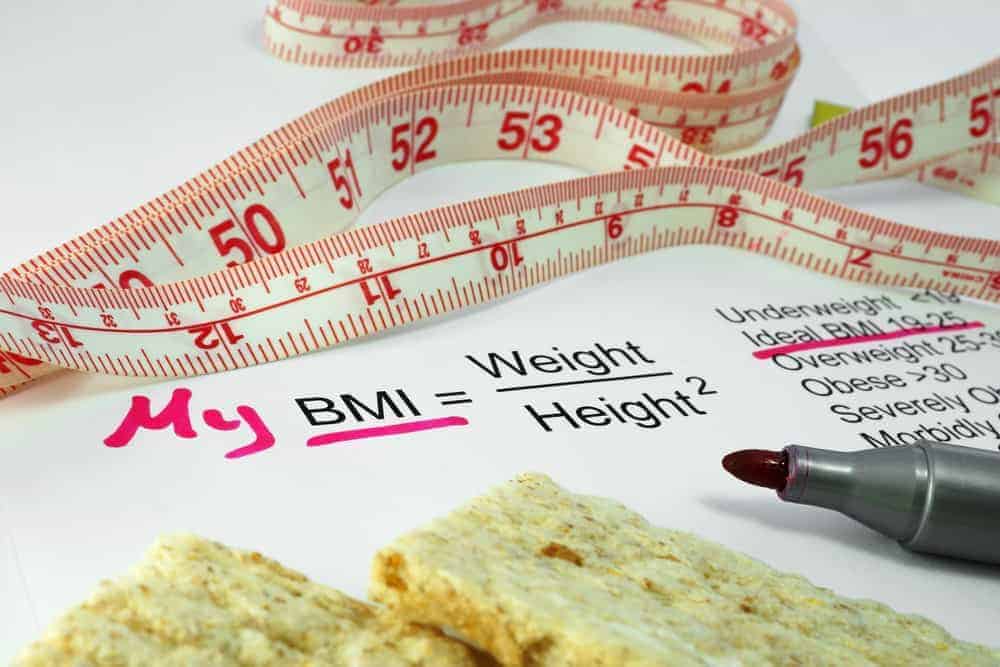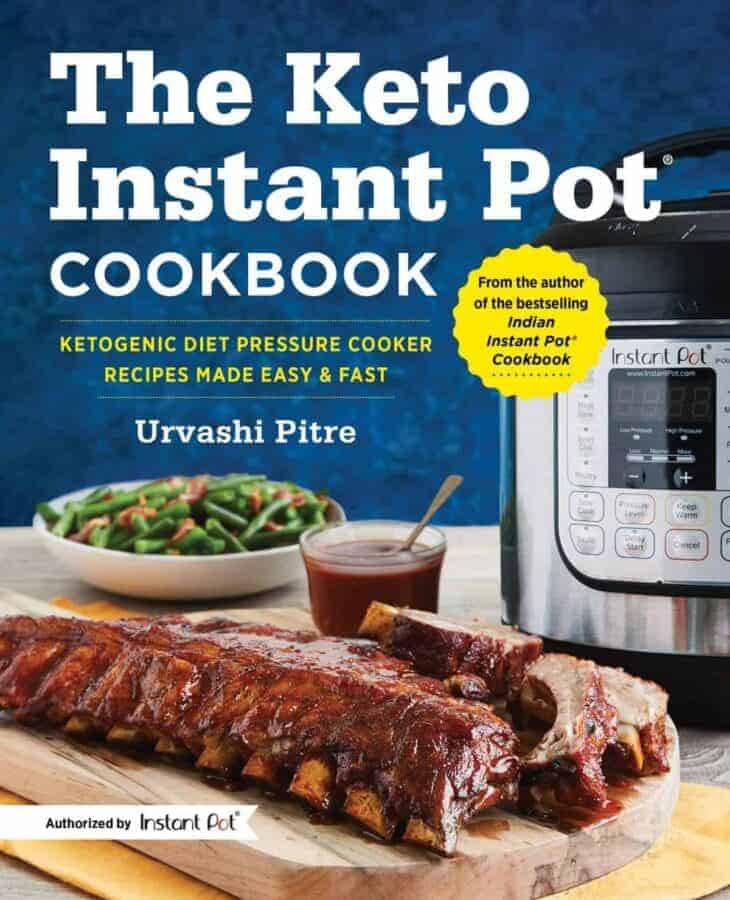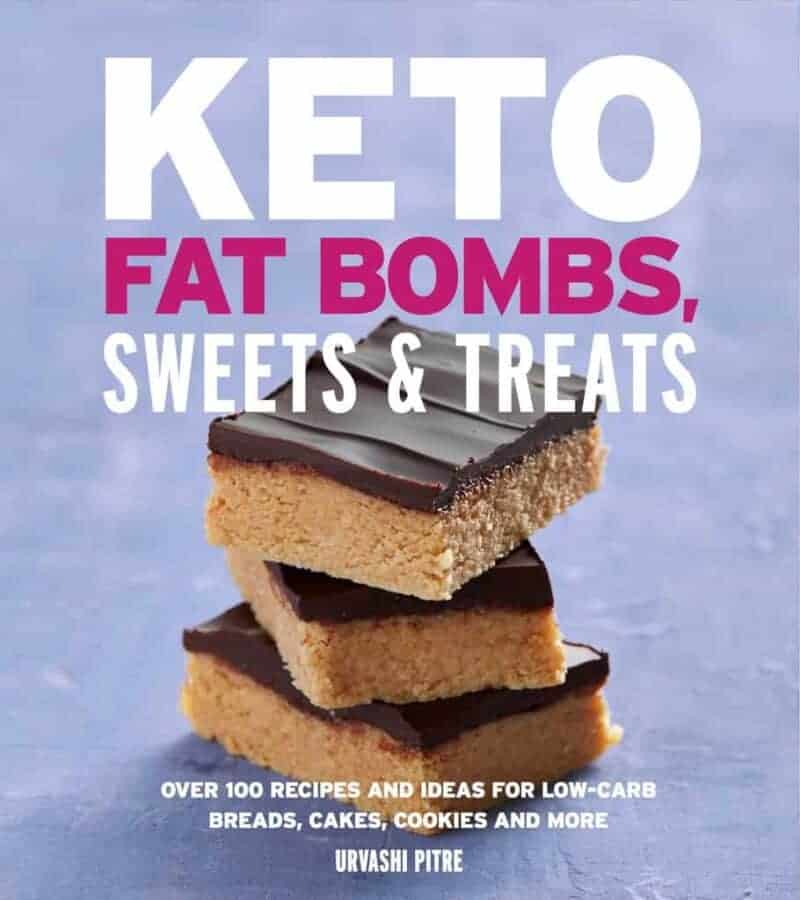How To Calculate Your Macros For A Keto Diet
If you want to learn how to calculate macros for a keto diet this is the best macro calculator. Learn how to calculate net carbs, how to utilize a protein calculator, and more!


How Do I Calculate My Macros For Keto?
This article will explain macros for a keto diet. I've also included the best keto macro calculator for you to figure out the right proportions of macros as you determine how to get into and stay in ketosis. Learning how to calculate net carbs and macros is critical to ensuring that you can get into ketosis and stay in ketosis.
The Best Keto Macro Calculator
Here's a handy-dandy app for you to use! This Free Keto Macro Calculator will help you figure out how much of each macronutrient to eat to reach your goals.
However...
Start with this keto macro calculator. I will tell you though, that for many of us who have been overweight for a long time we are not able to eat all the calories these types of calculators tell us we can. Adjust downward if needed.
[keto_calculator]
Determining Body Fat
I use this Body Fat Scale to help me gauge my body fat. I've had it for 8 years and it still works great.
FAQs on Keto Diet and Low Carb Diet Macros
For our purposes, low carb macros or macronutrients are carbohydrates, protein, and fat (C/P/F). All of your food can be thought of as different combinations of C/P/F.
Much of keto is maintaining the desirable balance between these macros, and for the serious stages of Keto, you need to understand this.
On a typical keto diet plan, you want between 20-40 gms of net carbs, you want enough protein to maintain muscle mass, and you want enough fat to provide satiety.
Depending on your current weight, and your end goal, the number of calories you need to eat each day will differ. Utilize a micronutrient calculator to determine the exact amount for your body.
Because they serve as a proxy for things that will keep your insulin and your blood sugar in check. Once you pass the beginning stages of Keto, you will need to calculate low carb macros to maintain ketosis.
The easiest way is to utilize a keto macro calculator. There are so many macro calculators for keto diets out there, it's hard to know which ones to trust. I use this keto macro calculator with the most success.
Fat: 40 to 70%
Protein: 15 to 30%
Net carbs: 15 to 30%
Fat: 60-75%
Protein 15%
Net Carbs: 10%
Keto Diet Macros Rules
- Limit your carbs to 25g net carbs – typically everyone reaches ketosis below 20g. Many are able to reach and stay in ketosis at 50 gms so be sure to test.
- Eat all your protein, which is typically about 0.6 gms per pound of body weight for those who are not super physically active.
- Eat Fat as a lever, and only if you are hungry. You do NOT need to eat all the fat.
How Do You Get Into Ketosis and Stay There?
People argue endlessly about whether this ingredient or that “is keto”. It’s not an ingredient per se you should worry about—you should worry about being in ketosis. There are ways to get into and stay in ketosis.
The ways to do that are:
- Control what you eat.
- Control when and how often you eat.
For more info on how to follow a keto diet including week by week tips, click here.
Foods to Avoid To Stay Within Your Keto Macros
Here’s a high-level view of which foods contain a lot of carbs:
- Starches such as pasta, rice, potatoes, bread, oats
- Sugars such as sugar, honey, molasses, high-fructose corn syrup (so use an alternative like these)
- Grains such as quinoa, wheat, amaranth, millet
- Beans and legumes- such as kidney beans, chickpeas, blackeyed peas (except black soy beans)
- Fruits- especially tropical fruits (berries are lower carb than other fruits) (see the best low carb fruits here)
- Starchy vegetables- like peas, corn, sweet potatoes, winter squash etc. (see the best low carb vegetables here)
New to Keto?
Read this post on What to Eat On Keto To Get Started if you're brand new to Keto and need to know the basics. It will help you understand Keto and the basics of the diet.
Do I Really Need to Count Macros For Keto?
Well, a lot of people count nothing but carbs. They limit their carbs, and other than that, they just eat protein and fat when they're hungry.
This does work for many people. I think that what works best for many of us, is to start stringently by counting everything. Over time though, as you become more familiar with all the hidden sources of carbs, you can stop being super fanatical about tracking if you prefer not to.
At that point, you could track just carbs.
For me, I find I do better when I track everything that goes into my mouth. For others, the tracking makes them crazy.
So you do what works for you.
But in general, if you want to track macros for a low carb, or keto diet, this free calculator is a fantastic starting place.
Don't forget to check out my other Keto cookbooks.
Keto Instant Pot, Keto Fat Bombs, Sweets, & Treats, and Easy keto in 30 minutes.






Originally Published May 29, 2018